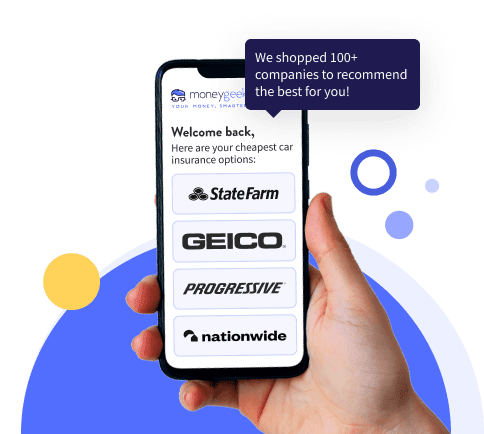The cost of customer loyalty has never been higher in the auto insurance market. New analysis shows that Americans with poor credit or driving violations can pay more than 5 times as much for the same coverage depending on which insurer they choose. Even drivers with spotless records see price differences exceeding $1,200 per year when comparing the cheapest car insurance companies.
Shopping activity has surged to record levels. According to TransUnion's 2025 Personal and Commercial Lines Annual Insurance Outlook, auto insurance shopping increased 19% year over year in Q3 2024, with 38% of shoppers switching carriers. The J.D. Power 2024 U.S. Auto Insurance Study found that average car insurance premiums rose 11% year over year, the steepest increase in more than a decade.
The auto insurance industry is seeing long-time customers evaluate their current insurer and move to save money. Overall industry rate levels increased by 35% from January 2022 to the end of 2024, according to the LexisNexis 2025 U.S. Auto Insurance Trends Report.



